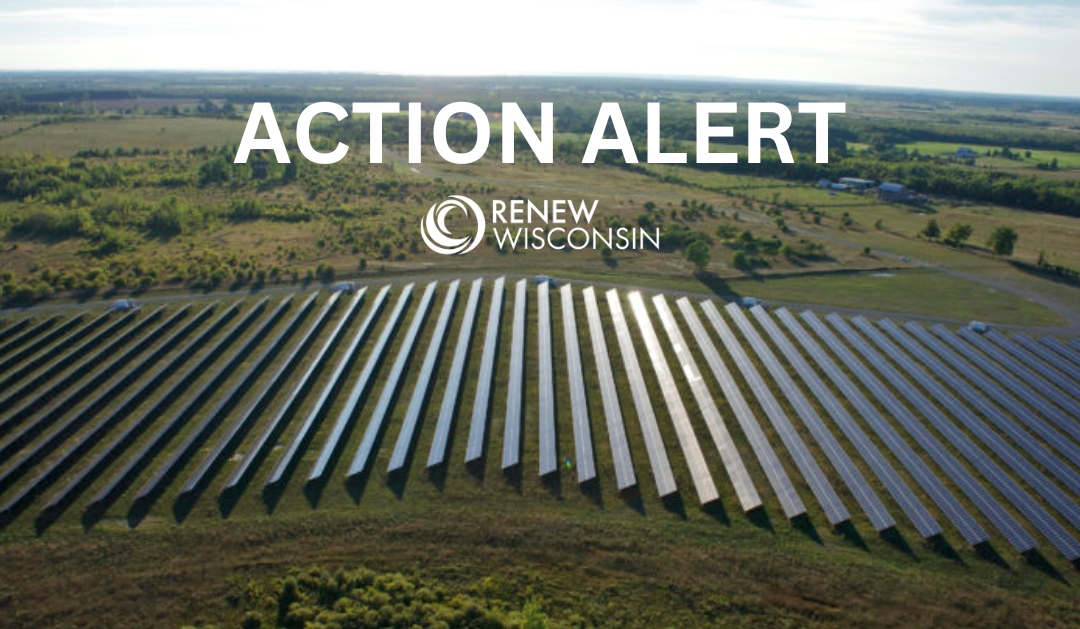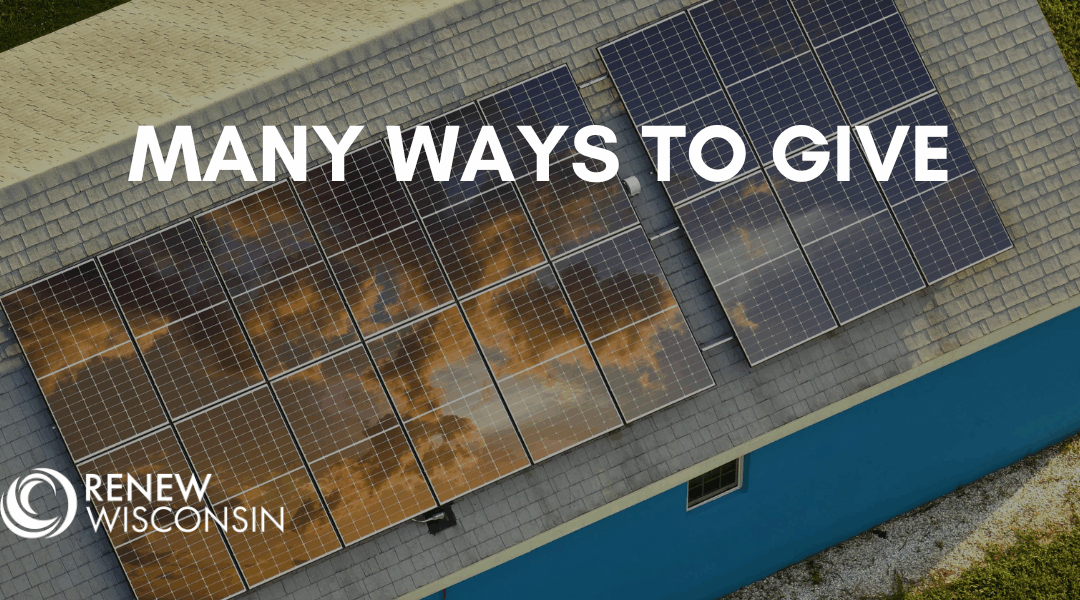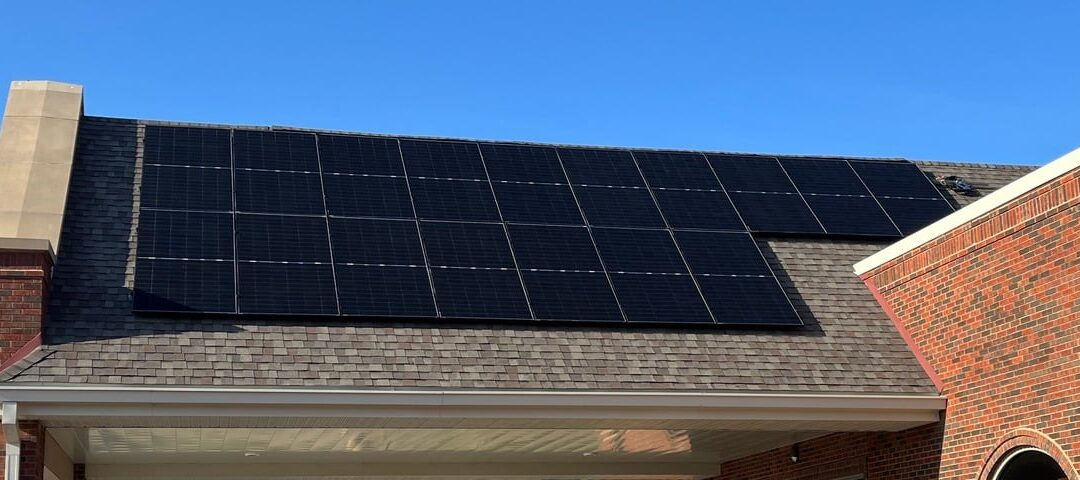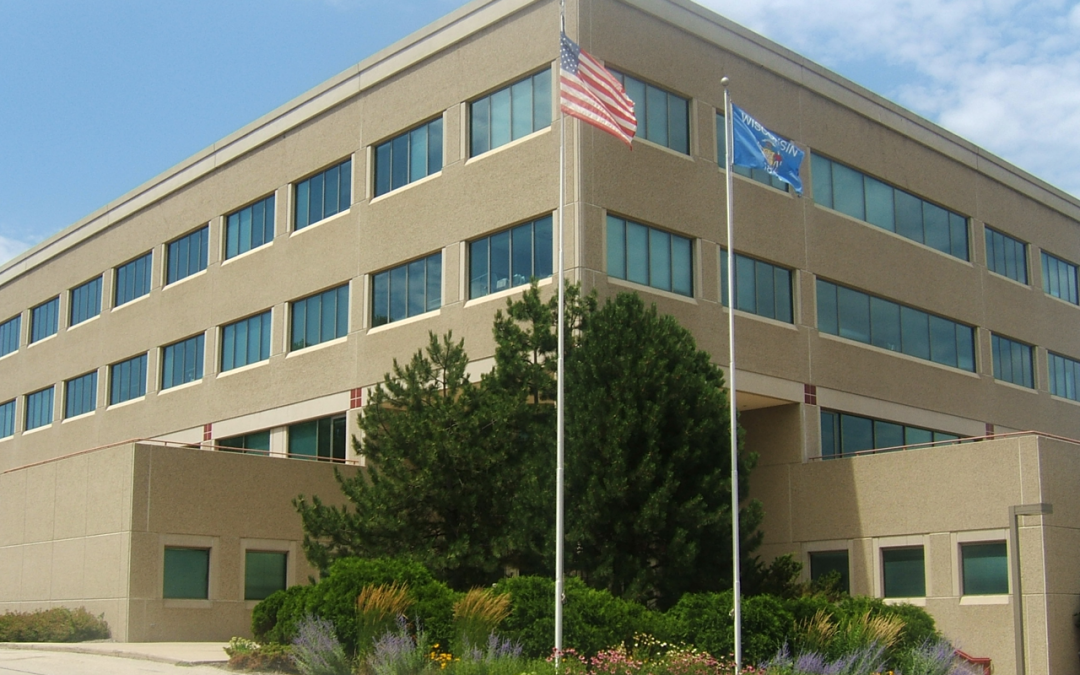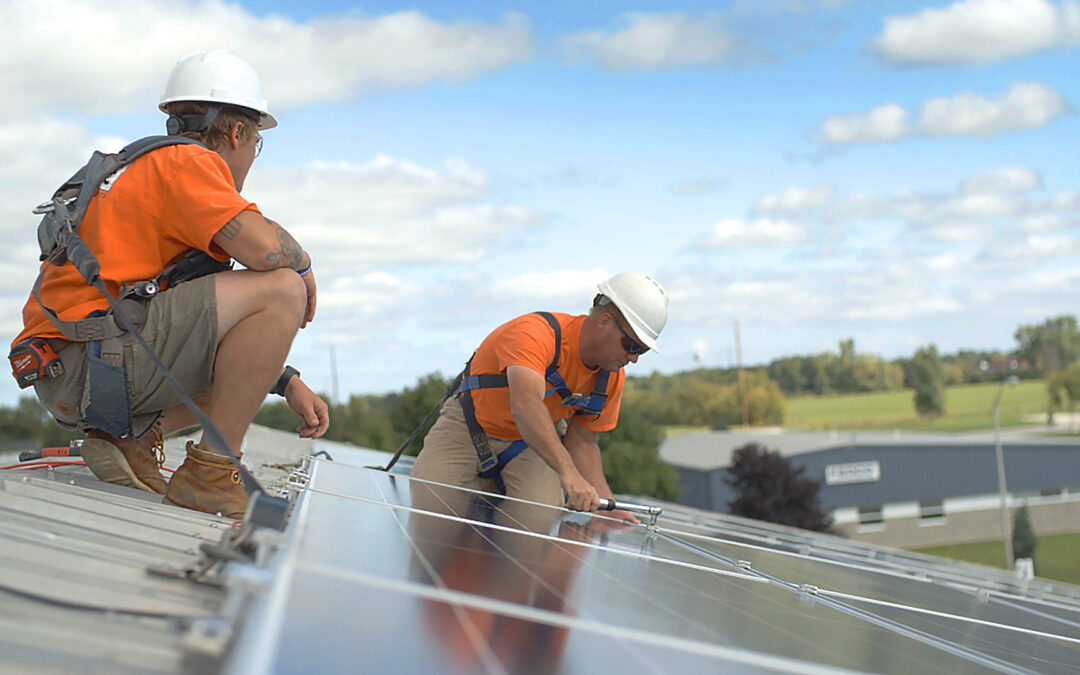
Addressing Local Restrictions on DER
Over the past year, RENEW has expanded its capacity to identify and respond to local barriers to distributed renewable energy (rooftop solar as an example), with a particular focus on identifying and addressing county and town drafting of restrictive local ordinances. RENEW has developed a framework for tracking county and town activity and coordinating with installers and developers on submitting comments to local board meetings. RENEW continues to communicate with county and town boards, when necessary, to advise on policy and legal implications of overly restrictive local regulations on distributed energy resources.
As part of implementing this strategy, RENEW communicated directly with Jefferson County regarding their 2025 Solar Energy Systems Ordinance Draft, providing a detailed legal analysis of how key provisions conflicted with state law and Court of Appeals precedent. RENEW’s analysis resulted in the redrafting of the proposed ordinance. When the ordinance was presented to the County Board of Supervisors, RENEW called for comments from RENEW members and impacted installers and developers. The strategy resulted in the Jefferson County Board returning the proposed ordinance to the zoning committee for further review, to reduce restrictions on solar energy systems.
The experience has helped RENEW identify potential litigation and policy strategies to empower our advocacy for balanced local rules that do not unduly restrict renewable energy production. RENEW is communicating and coordinating with other stakeholders to lay the groundwork for future model ordinance work and to support potential litigation that can clarify local authority on regulating renewable energy siting and production.
In parallel, RENEW has supported homeowners facing Home Owner Association (HOA) barriers to rooftop solar. RENEW worked with two homeowners and prepared a legal advisory letter to the Theofila Estates HOA explaining the limited authority of HOAs under state law, demonstrating how the HOA’s rejection of south-facing solar installations based on aesthetic rules would significantly increase costs, reduce system efficiency, and disqualify projects from Wisconsin’s Focus on Energy rebate, and therefore constitute an unlawful restriction on solar.
Together, this local and HOA focused work is helping RENEW build a practical toolkit that RENEW can deploy statewide to defend solar rights and promote uniform, lawful treatment of distributed renewable energy.

